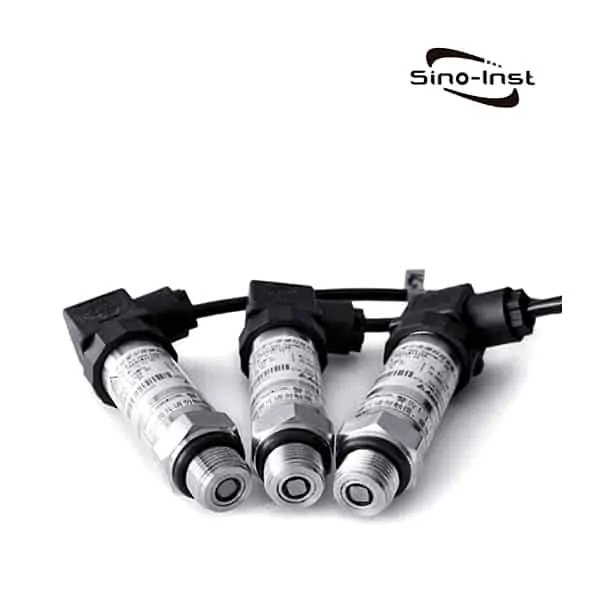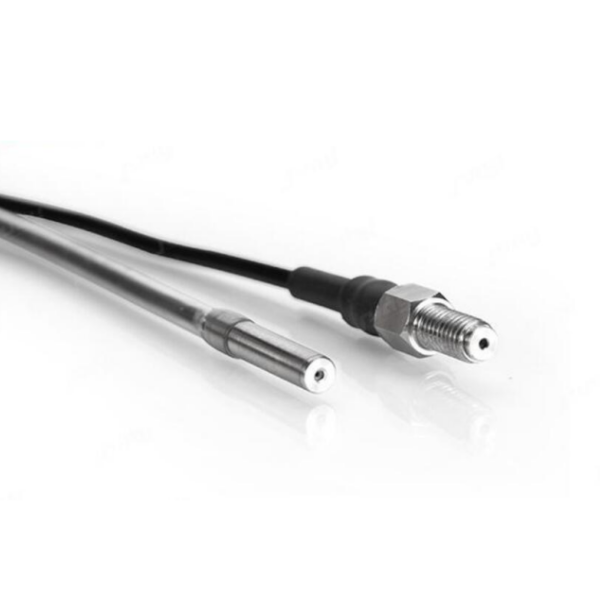Insutrial pressure sensor for the pressure measurement application.
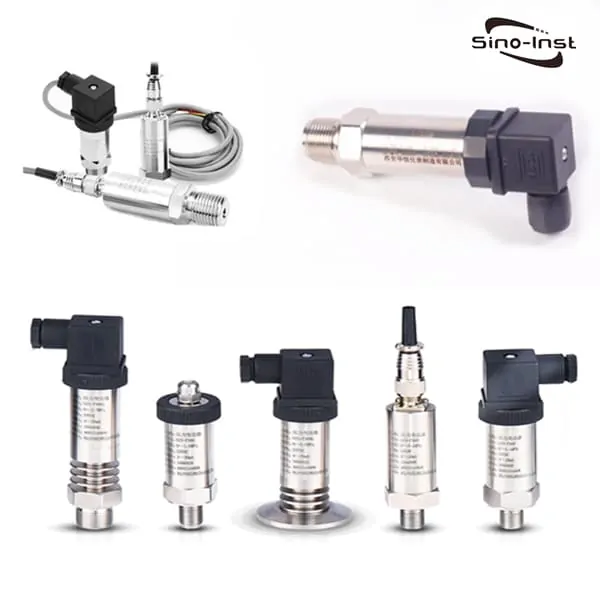
A pressure sensor converts the physical quantity ‘pressure’ into an industry-standard electric signal. Sino-Inst manufactures pressure sensors ranging from the sensing element to system packaging. Based on piezoresistive Micro-electromechanical systems and silicon strain gauge , our sensors measure from 20inWc … 200,000 psi. We can also build custom sensors to meet your specific needs. Our product portfolio covers a wide range of pressure sensors. Suitable for refrigeration and air conditioning applications, the food industry, mobile work machines, medical gas and semiconductor industries.
Sino-Inst offers a variety of pressure senors for industrial pressure measurement. If you have any questions, please contact our sales engineers.
Featured Industrial Pressure Sensors
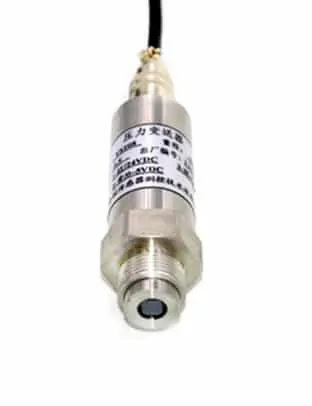
Low pressure transducers for air and non-corrosive gases low pressure measurement. 0 ~ 2.5kPa to 0 ~ 30kPa measurable.

Sanitary Pressure Transmitter, also called tri clamp pressure transmitter,
is the pressure transducer with the flush diaphragm (flat membrane) as the pressure sensor.
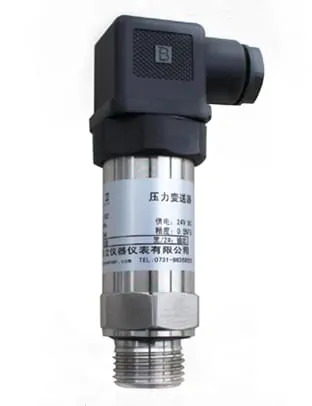
The 4-20mA/ Voltage Pressure Transducer,
also called pressure transmitter 4-20mA,
is a pressure sensor with4-20ma/Voltage output.
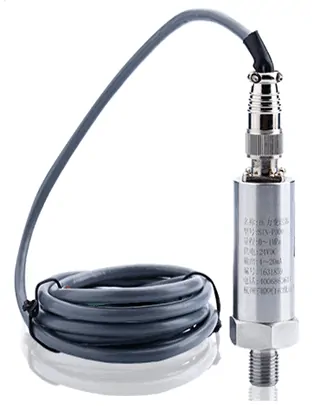
Pressure transmitters for general industrial applicaitons. -0.1kPa ~ 0 ~ 0.01kPa ~ 100MPa ~150MPa. 0.1% FS, 0.25% FS, 0.5% FS. 4-20mA (2-wire system), 0-5 / 1-5 / 0-10V (3-wire system)

Digital Pressure Sensor is particularly suitable for use in computer control systems. RS485 half-duplex working mode.
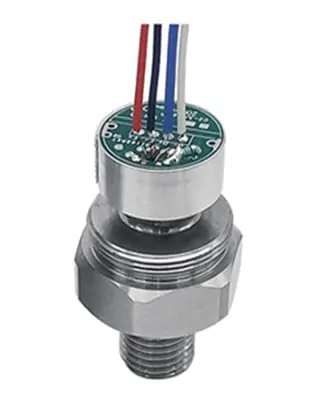
OEM pressure sensors from Chinese manufacturer. Silicone filled. Protected by stainless steel diaphragm. Suitable for a variety of fluid media.

Flush membrane / diaphragm structure, anti-blocking design. Pressure measurement of viscous media.
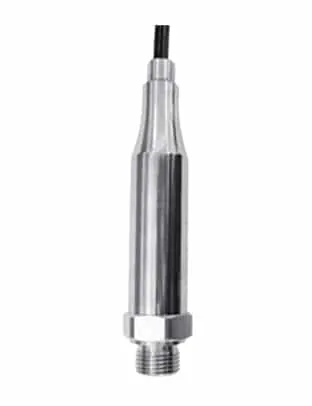
Liquid pressure sensor is widely used for pressure measurement of various liquids. Like water or oils. IP68 waterproof.

SI-PT series melt pressure sensors work for high temperature melt pressure measurement and control.
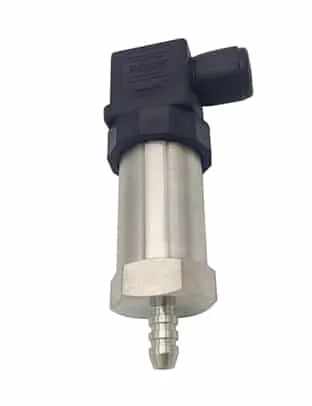
Gas pressure sensor for industrial gas pressure monitoring. Pagoda gas nozzle Φ8. Such sensors are also commonly referred to as wind pressure transmitters, exhaust pressure sensors.
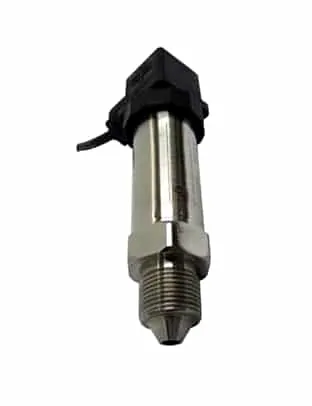
High pressure sensor is pressure transmitter designed for high pressure measure&control. 0 ~ 40MPa… 600MPa. M20 × 1.5, G1 / 2 (others are customized according to requirements)
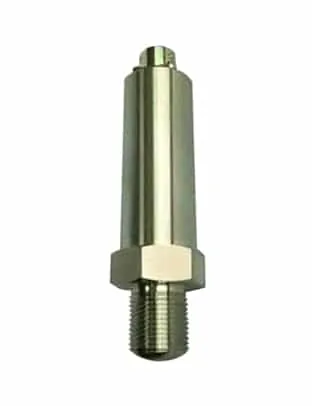
Pressure sensor for Ultra high pressure applications. Ultra high pressures up to 15,00MPa. 0-2000MPa to 0-7000MPa (customized).Ball head M20 × 1.5, cone head M20 × 1.5.
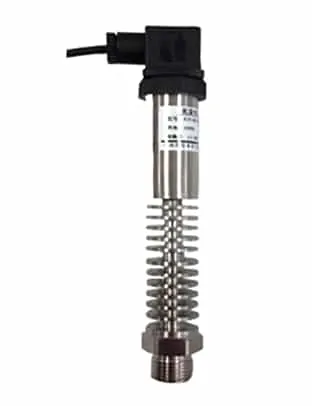
High Temperature Pressure Sensor for pressure measurement of high temperature gas or liquid. Such as steam pressure. High temperature up to 800 ℃.
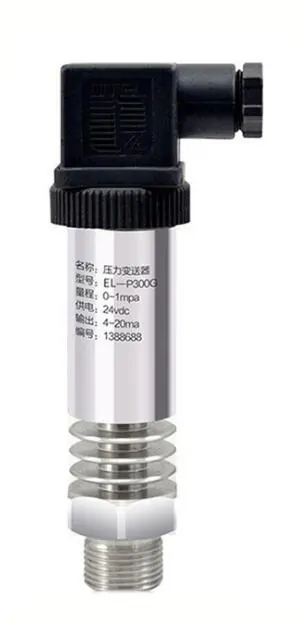
silicon pressure sensor, also known as Diffused silicon pressure sensor. Silicon pressure sensors are low cost.

Combined pressure and temperature sensor for Simultaneous measurement of pressure and temperature.
Thermocouple types: J, K, E type or PT100 platinum resistance. Two outputs do not affect each other.
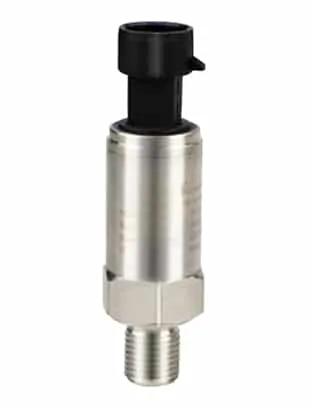
Ceramic pressure sensor is a pressure sensor refined from a thick ceramic base using a refined ceramic base. Cost-effective. Support OEM processing. 0-0.2MPa -…- 40MPa
Technical Support
A pressure sensor is a device for pressure measurement of gases or liquids. Pressure sensors can also be used to indirectly measure other variables such as fluid/gas flow, speed, water level, and altitude. Pressure sensors can alternatively be called pressure transducers, pressure transmitters, pressure senders, pressure indicators, piezometers and manometers, among other names.
From Wikipedia : Pressure sensor
In short, a pressure sensor converts pressure into a small electrical signal, which is sent and displayed. Therefore, these are also commonly referred to as pressure transmitters. Two common signals used are 4 to 20 mA signals and 0 to 5 volt signals.
Most pressure sensors work using the piezoelectric effect. This is when the material generates a charge in response to stress. This stress is usually compressive, but may be twisted, bent, or vibrated.
Pressure sensors detect pressure and can determine the amount of pressure by measuring the charge.
The pressure sensor needs to be calibrated in order to know what voltage or milliamp (mA) signal corresponds to what pressure. This is the basic “zero” and “span” calibration or minimum and maximum, which is a common job for maintenance personnel.
What common types of pressure can you measure with a pressure sensor?
We use three common types in the industry.
- The first is “gauge pressure”. Measured with reference to atmospheric pressure (typically 14.7 PSI). When above atmospheric pressure, you will display a “positive” pressure; when below atmospheric pressure, you will display a “negative” pressure.
- The next is “absolute pressure“. In short, this is the pressure relative to an absolute vacuum measurement. The absolute pressure of the full vacuum is zero PSIa and it increases from there. This type of sensor can be used if it is necessary to read pressures below atmospheric pressure.
- The last type that is usually monitored in the industry is “pressure differential”. It sounds like this, the difference between two pressures, a measured pressure and a reference pressure.
Sino-Inst also provides repair services for pressure sensors. Such as WIKA, Rosemount, and other brands of pressure sensors.
Pressure sensor structure

Pressure sensor wiring

Industrial Applications of Pressure Sensors
Pressure sensors play critical process and quality control roles in industrial applications. Industrial pressure sensors provide a reliable solution for medical, HVAC, and industrial applications. Our sensors are signal-conditioned, calibrated over the entire temperature range. And include digital or analog outputs.
Industrial pressure sensors can be used to measure media, namely different types of gases and liquids:
- Air
- Atmosphere / barometric pressure
- Gas
- Water
- liquid
- Hydraulic / pneumatic
- Corrosive media
Although many of the above apply to corrosive substances. You can also find sensors specifically designed for measuring corrosive media.
Sensors used in chemical processes may need to withstand exposure to corrosive media such as acids or bases. Many stainless steel enclosures and / or diaphragms can be specified to improve corrosion resistance. They can also withstand corrosion due to atmospheric humidity or water splashes. Or withstand permanent immersion in untreated water or chemical-containing water such as treatment plants or swimming pools.
The corrosion hazard caused by seawater, salt spray or coastal environment exceeds the tolerance of ordinary low grade stainless steel. Housing and diaphragm materials such as super nickel alloys or titanium are generally recommended.
Sensors can also be specified, such as using O-rings made of fluororubber instead of parts made of rubber to increase resistance to aging and corrosion. Alternatively, the diaphragm can be welded to the sensor body to enhance corrosion resistance.
- SI-T40B Digital Torque Transducer-Non-Contact-No Bearings
- Flow Measurement Units-What Is GPM in Flow Meter?
- What Is a BTU Meter?
- Flow Rate and Pressure Relationship-How to Calculate?
- 807 Low Temperature Liquid Level Sensor
- Pressure Transducers for Air Conditioning & Refrigeration
- Quickly Set Level Monitoring System for Industrial Holding Tanks
- Water Flow Measurement for Pipes and Open Channels
- Analog Pressure Transducers vs Digital Pressure Transducers | How to Choose?
- Vacuum Pressure Transducers | Product List and FAQs
Sino-Instrument offers over 20 Pressure sensors. A wide variety of Pressure sensors options are available to you. Such as free samples, paid samples. Sino-Instrument is a globally recognized manufacturer of Pressure sensors, located in China. Sino-Instrument sells through a mature distribution network that reaches all 30 countries worldwide. Pressure sensors products are most popular in Europe, Southeast Asia, and Mid East. You can ensure product safety by selecting from certified suppliers. With ISO9001, ISO14001 certification.
Request a Quote

Wu Peng, born in 1980, is a highly respected and accomplished male engineer with extensive experience in the field of automation. With over 20 years of industry experience, Wu has made significant contributions to both academia and engineering projects.
Throughout his career, Wu Peng has participated in numerous national and international engineering projects. Some of his most notable projects include the development of an intelligent control system for oil refineries, the design of a cutting-edge distributed control system for petrochemical plants, and the optimization of control algorithms for natural gas pipelines.

